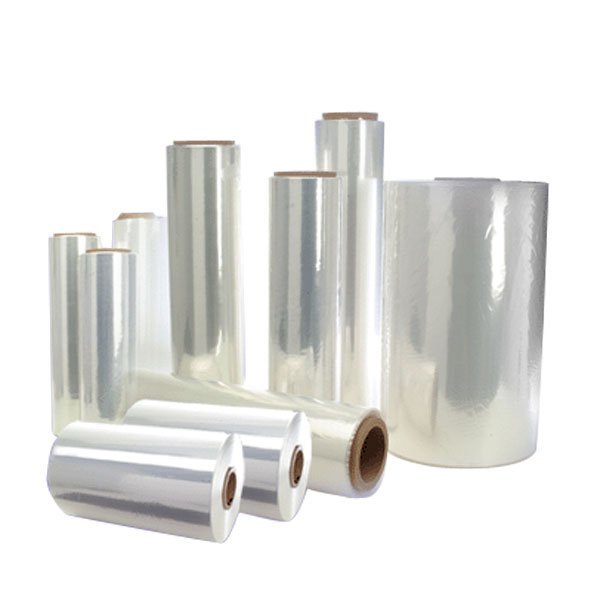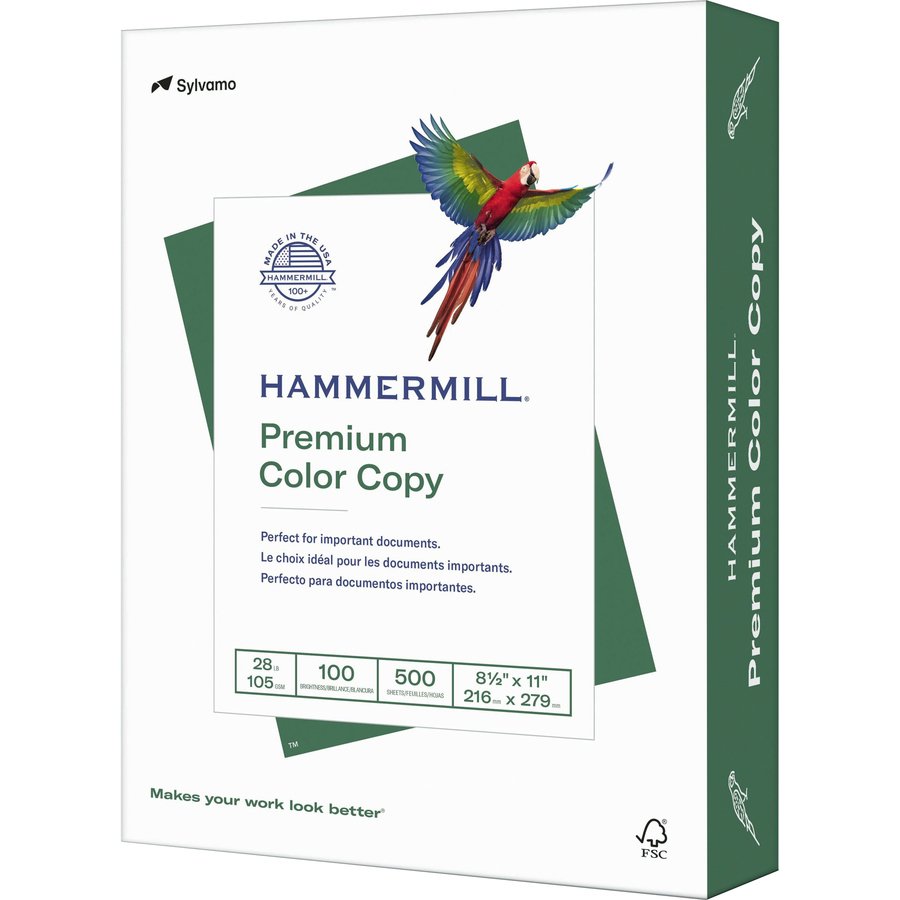From Forest to Printer: How Paper is Made
Papermaking dates all the way back to ancient Egypt in a process that used strips of papyrus stems, which were pressed together to form sheets. Who knew people would go through so much trouble just to write something down?! As time has passed, the papermaking process has been altered and simplified to make better and stronger paper. We are a proud supplier of the well-known manufacturer, International Paper (IP), and we would like to share with you the efficient process that they use today.
It all starts in the forest – IP uses responsibly managed forests, and works closely with the landowners to ensure that the entire process is managed properly from start to finish.
Once the logs arrive at the mill, they are stripped of bark and chipped. In addition to the wood chips, papermaking also requires water, energy and chemicals.
Sustainably powering the process – the majority of energy used to make paper is powered by bark and other renewable, biomass residuals. Boilers produce steam for turbines that provide the electricity for motors and pumps.
Boiling time – there are large “pressure cooker” type digesters that basically cook the wood chips with water, steam, and chemicals. This process separates the wood fiber from a compound called lignin, making it into pulp that eventually becomes paper. Naturally, the pulp is brown, and then bleached when used to make paper. If the pulp will be used for cardboard or grocery bags, then it is not bleached.
The pulp is now transferred onto a wire screen, draining some of the water, forming a large sheet. The sheet moves onto the press, draining more water. Finally, the remaining water is removed and the sheet passes over the dryers, with the end result – paper!
The paper is smoothed and wound onto a large roll, then cut into smaller rolls. It is at that point cut down to various sizes and packed up. Eventually the paper will be ready to ship to your favorite paper supplier, and even all over the world.
Did you know paper has many lives? If recycled properly, it can have up to seven! Recycling your paper-based items helps the paper mills use these resources again and again, to help our environment. The recovered fiber once again goes through the pulp boiler, and can be used for cardboard boxes, paper, bags, etc. Remember, recycling starts with you at home and in your office!
























